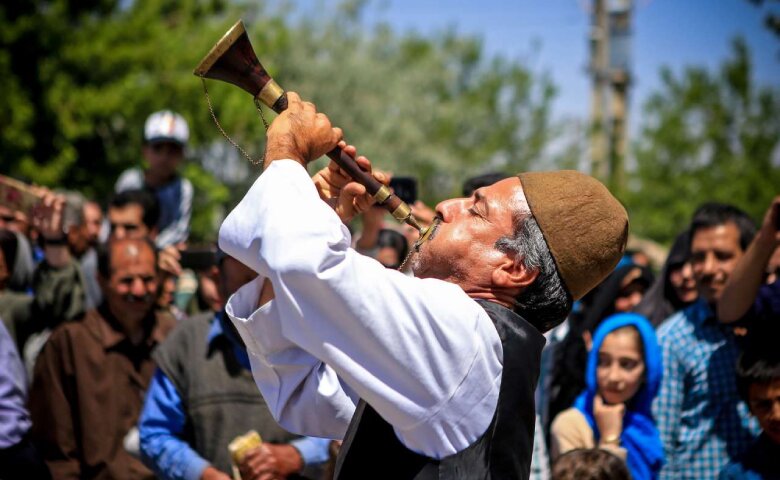INSUBCONTINENT EXCLUSIVE:
TEHRAN - Originating in ancient Persia, Tirgan epitomizes the rich cultural and religious heritage of the Zoroastrian community.With its
rejuvenating rituals, water festivities, bonfires, and beautiful symbolism, Tirgan serves as a reminder of the principles embraced by
Zoroastrians, promoting light, righteousness, and reverence for nature.Locally known as Jashn-e Tirgan, the summer festival is widely
attested by historians such as Abu Saeid Gardezi, Biruni, and Al-Masudi, as well as European travelers to Iran during the Safavid era, Iran
Review reported.Tirgan is usually celebrated on the 13th day of the month of Tir (the 4th month of the Persian calendar) which corresponds
(lightning), referring to thunderstorms that bring much-needed rain that boost harvest and avert drought.The ancient legend of the Tir
days of the month bear a name
The thirteenth day of the month Tir in the Persian calendar (June 22 - July 22) is named after the respective month Tir.According to legend,
Arash was the best archer in the Persian army
climb to the high peak of Damavand and from there shoot an arrow to the east
They agreed that where his arrow landed would mark the border between the two kingdoms.Arash shot his arrow (Tir) on the 13th day of the
Persian month of Tir, which fell on the banks of the Jeyhun (Oxus) river
This marked the borders of the two countries.According to legend, as soon as the border dispute was settled, it began to rain on both
countries that had been suffering from a drought for eight years
It is customary for Zoroastrians to tie rainbow-colored ribbons around their wrists for ten consecutive days and throw them into a stream on
the day of the festival.A festival dedicated to rain is celebrated with people dancing, singing, reciting poetry, and serving delicacies
such as spinach soup and Sholeh-Zard (saffron-flavored rice pudding).AFM

